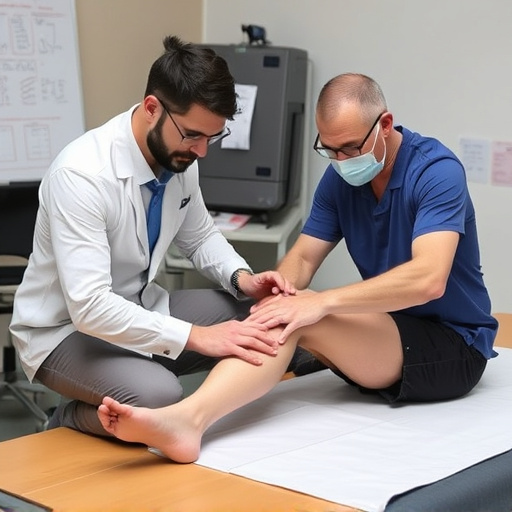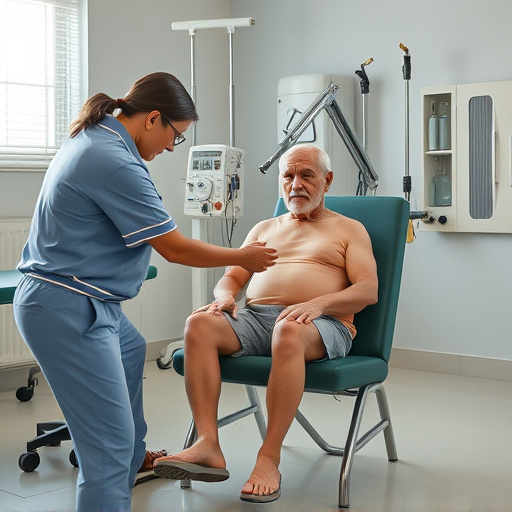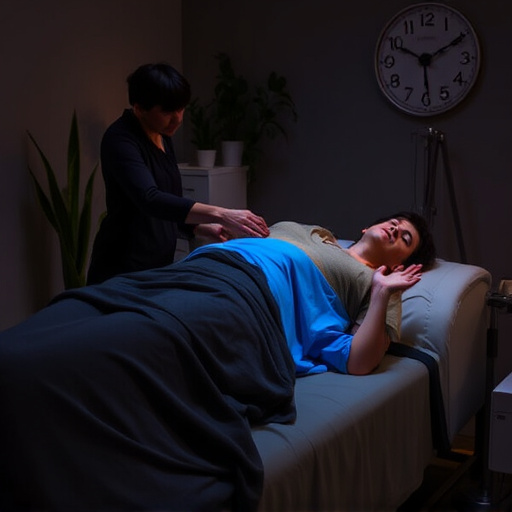Non-pharmacological remedies like physical therapy, heat/cold therapy, massage, acupuncture, and ergonomics offer effective, holistic treatment for occupational injuries. These methods alleviate pain, improve mobility, educate patients on safe work practices, and prevent future injuries, providing lasting relief and enhanced well-being.
Occupational injuries can be challenging to manage, but there’s more to treatment than medication. Explore a range of effective non-pharmacological remedies tailored for these specific issues. Discover how physical therapy serves as a cornerstone in holistic treatment plans, offering natural pain relief and improved function. Delve into alternative approaches like acupuncture and ergonomics, which provide innovative solutions for a comprehensive recovery.
- Exploring Non-Pharmacological Remedies for Occupational Injuries
- Physical Therapy: A Cornerstone of Holistic Treatment Plans
- Alternative Approaches: From Acupuncture to Ergonomics
Exploring Non-Pharmacological Remedies for Occupational Injuries
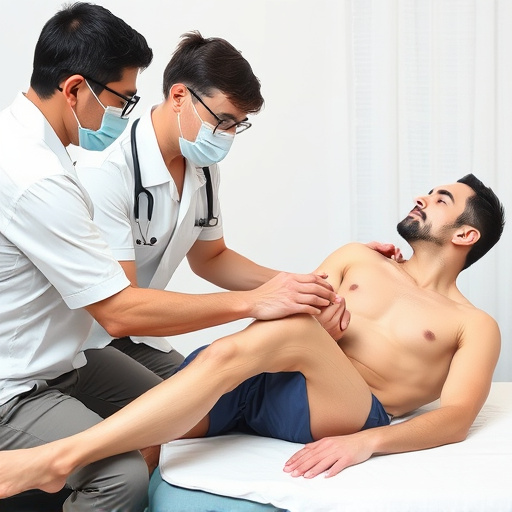
When it comes to treating occupational injuries, beyond medication, there’s a wealth of non-pharmacological remedies available that can offer effective relief for various conditions. These alternative treatments cater to specific needs and often provide long-lasting benefits. For instance, physical therapy is a popular choice, focusing on exercises designed to improve strength, flexibility, and range of motion. This method is particularly beneficial for injuries like carpal tunnel syndrome or repetitive strain injuries, helping workers regain dexterity and reduce discomfort.
Another promising approach is heat and cold therapy, which uses temperature changes to alleviate pain and inflammation. This simple yet effective technique can be easily incorporated into daily routines. Additionally, specialized treatments like massage therapy and acupuncture have gained recognition for their potential in managing chronic pain associated with occupational injuries, such as whiplash or sports injuries. These holistic methods not only aim to relieve symptoms but also enhance overall well-being.
Physical Therapy: A Cornerstone of Holistic Treatment Plans

Physical therapy plays a pivotal role in holistic approaches to treating occupational injuries, offering a wide range of benefits that extend beyond mere pain relief. This personalized and evidence-based approach focuses on restoring function, improving mobility, and enhancing overall well-being. For individuals suffering from lower back pain or other chronic conditions stemming from car accident injuries, physical therapy can be a game-changer.
Trained therapists employ a multifaceted strategy, incorporating exercises tailored to strengthen specific muscle groups, improve posture, and increase flexibility. This not only expedites the healing process but also equips individuals with tools to prevent future injury. Additionally, physical therapy sessions often include patient education on ergonomy, body mechanics, and safe work practices, empowering them to manage their conditions effectively in their professional settings.
Alternative Approaches: From Acupuncture to Ergonomics
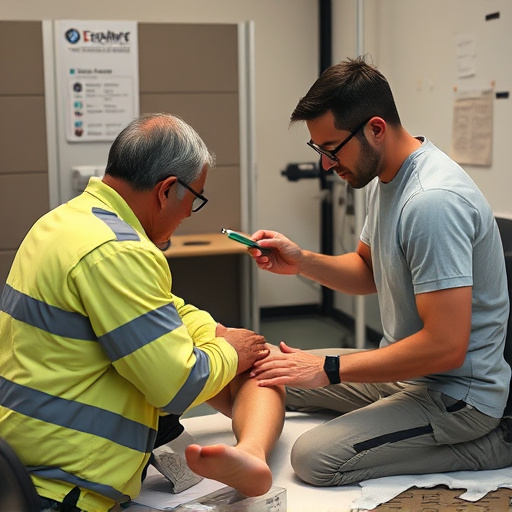
In addition to traditional medical treatments, there are numerous alternative approaches that can play a significant role in managing and treating occupational injuries. These non-invasive treatment options offer a holistic perspective, focusing not just on symptom relief but also on underlying causes and long-term mobility improvement. Acupuncture, for instance, has gained popularity as an effective method to alleviate pain and reduce inflammation associated with work-related injuries. By stimulating specific points in the body, acupuncture can provide natural relief without the need for medications.
Ergonomics is another crucial aspect often overlooked but can significantly impact worker health. Implementing ergonomic principles at the workplace, such as adjusting workstation setup or providing specialized equipment, can help prevent further injuries and promote a safer work environment. Additionally, spinal adjustments performed by trained professionals can offer relief from musculoskeletal disorders, demonstrating that gentle manipulation techniques are valuable in occupational injury treatment plans.
In addressing occupational injuries, it’s crucial to go beyond traditional medication. Exploring non-pharmacological remedies, such as physical therapy and alternative approaches like acupuncture and ergonomics, offers comprehensive and holistic treatment options that can significantly enhance recovery and prevent future injuries. By integrating these diverse methods, individuals can experience improved outcomes and a higher quality of life post-injury.











